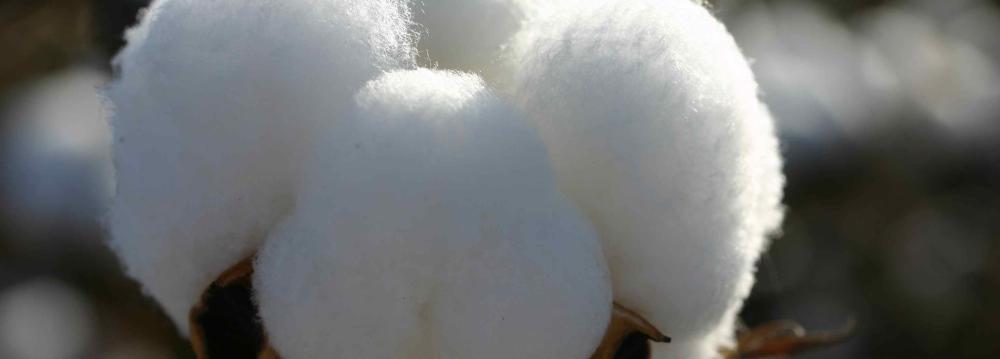An estimated 40,000 tons of ginned cotton was produced in the last crop year – not a banner year for the industry with a record of 250,000 tons in cotton production once, says Alireza Haeri, a textile expert. “Cotton exports used to earn more than $120 million, accounting for 20% of non-oil and 45% of agriculture exports.”
Haeri believes the main reason behind the steep decline is the high cost of production. “Our domestic products are not competitive vis-a-vis their foreign counterparts, leading local farmers to turn to value-added crops with higher returns instead of cotton,” he was quoted by the Persian newspaper Forsat-e Emrooz as saying.
Many countries facing similar problems sustain the interest of their farmers with subsidies. “The Iranian government can tread the same path,” he says, adding that a simple calculation shows only $43 million in subsidies is needed to revive the domestic cotton industry to lift it from the present slumber. “Doing so will help save $100 million in imports every year.”
The decline in Iran’s cotton production could also be blamed on lack of mechanized farming. Most stages of cotton planting, growing and harvesting in Iran are manual. Seedbed preparation of cotton and its harvesting stages are done by hand whereas planting is 70% manual and 30% mechanized. Cotton-picking wages account for up to 40% of the total cost for farmers, according to Haeri.
Cotton is the world’s most economically valuable nonfood crop. It employs more people than any other agricultural product. Cotton farming creates two and a half times more jobs than growing soybeans, four times more than corn, six times more than wheat and four times more than colza production.
The textile expert went on to say that given the decline in cotton production, the government has turned to imports from neighboring countries in recent years, particularly Uzbekistan. Currently more than 90% of Iran’s demand is imported from Uzbekistan. However, Haeri argues import from the neighboring country is poised to be restricted in the coming years for two reasons.
“First the Uzbek government seeks to increase the added value of its cotton exports by investing in construction of textile factories. They want to replace cotton exports with thread, fabric and apparel exports. The country has allocated the lion’s share of its foreign investment to the cotton spinning industry. Second, China and other major customers of cotton make large-scale purchases from the Central Asian state. This makes the Uzbek government unwilling to sell smaller cotton bales of 1,000 tons or 2,000 tons to Iranian companies.”
Haeri urged those in charge to devise a scheme for mass purchases of cotton (up to 150,000 tons) from the Uzbeks at the beginning of each harvest season so that it can be made available to textile mills over the course of the year. “Cotton imports need to be facilitated by signing preferential trade deals and reducing tariffs,” he said. However, he adds that the “real solution lies in supporting cotton farmers with subsidies and modern machinery.”


